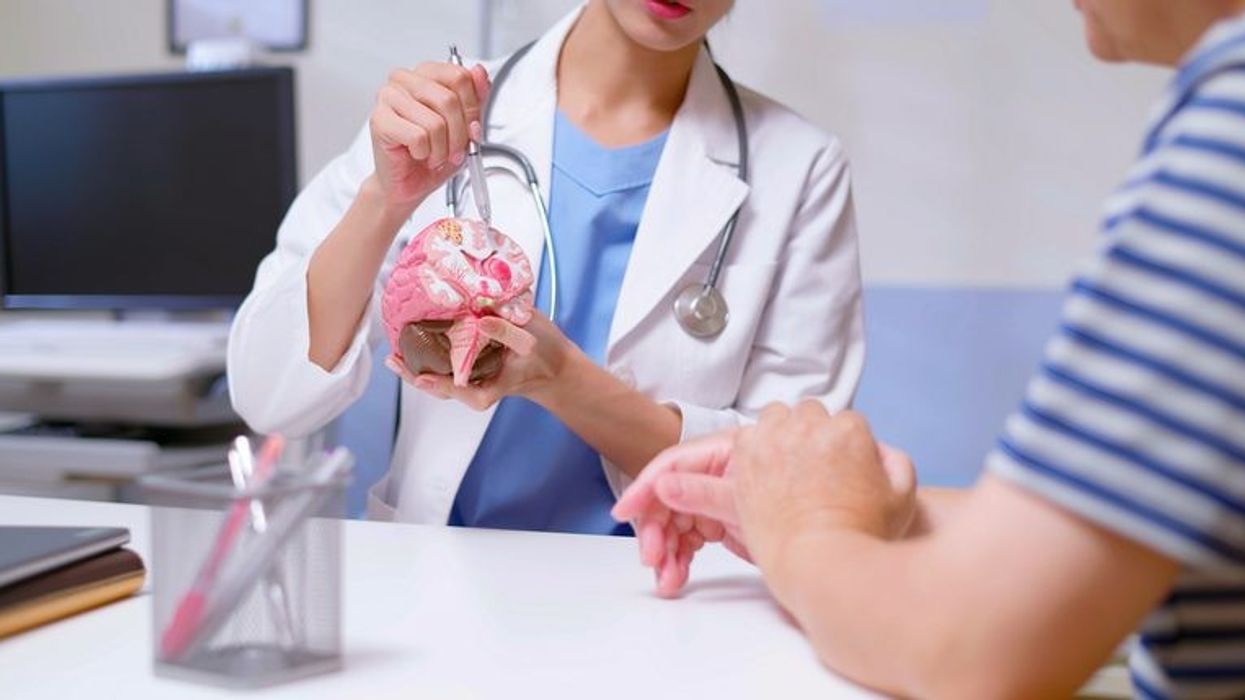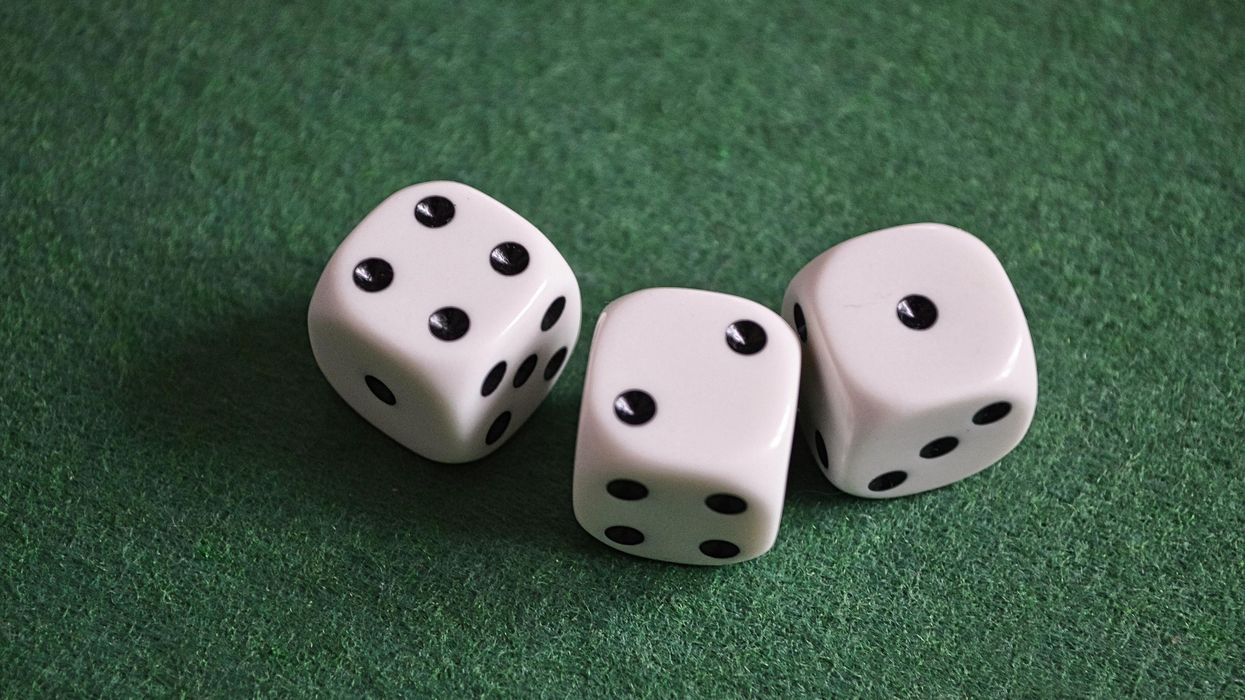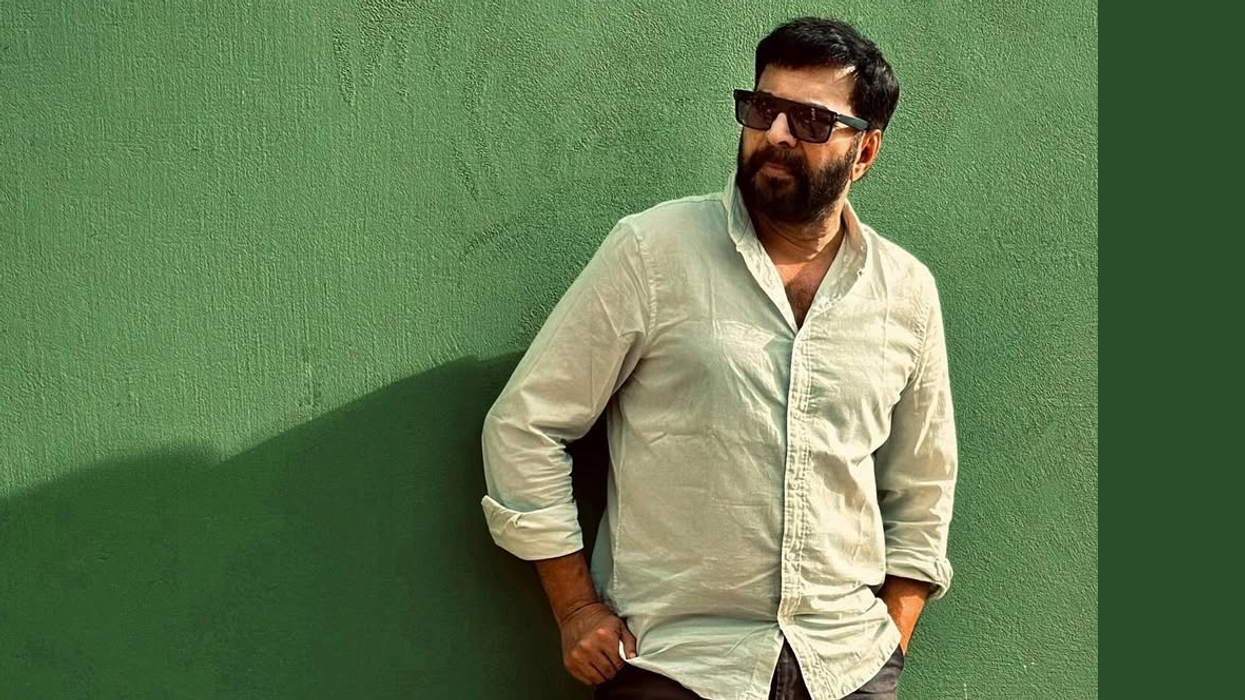According to research conducted by the University of Gothenburg, regular physical activity and exercise have been found to decrease bleeding in individuals with intracerebral haemorrhage.
The study, published in the journal Stroke and Vascular Neurology, examined data from 686 individuals who received treatment for intracerebral haemorrhage at Sahlgrenska University Hospital in Gothenburg between 2014 and 2019.
While the study relied on retrospective analysis and did not establish causal links, the results were clear: individuals who engaged in regular physical activity had lower instances of haemorrhages compared to those who led a sedentary lifestyle.
In the study conducted by the University of Gothenburg, being physically active was defined as participating in light physical activities for a minimum of four hours per week. These activities included walking, cycling, swimming, gardening, or dancing.
Adam Viktorisson, a PhD student in clinical neuroscience at Sahlgrenska Academy, University of Gothenburg, and a doctor in general practice at Sahlgrenska University Hospital, served as the main author of the study.
"We found that individuals who engage in regular physical activity had, on average, bleeding volumes that were 50 per cent smaller upon arriving to the hospital. A similar connection has previously been seen in animal studies, but no prior study has demonstrated this in humans," he said.
When individuals arrive at the hospital with suspected intracerebral hemorrhage, a standard procedure involves conducting a computerized tomography (CT) scan to assess the condition of the brain. The severity of the hemorrhage determines whether neurosurgery becomes necessary. However, in the majority of cases, non-surgical approaches and medications are employed to manage symptoms and facilitate the recovery process for patients.
Intracerebral hemorrhage, being the most dangerous form of stroke, carries the potential for life-threatening outcomes. The severity of the consequences escalates in tandem with the extent of the bleeding. Prompt medical attention and appropriate interventions are crucial in mitigating the risks associated with intracerebral hemorrhage and ensuring the best possible prognosis for the affected individual.
"In cases of major intracerebral hemorrhages, there is a risk of increased pressure within the skull that can potentially lead to fatal outcomes" said Thomas Skoglund, associate professor of neurosurgery at the University of Gothenburg, neurosurgeon at the University Hospital, and one of the study's co-authors.
Regardless of their specific location within the cerebrum, the findings of the study were noteworthy. Individuals who engaged in regular physical activity demonstrated decreased bleeding in both the deep regions of the brain, commonly associated with high blood pressure, and the surface regions, which are linked to age-related conditions like dementia.
The study opens up avenues for further exploration into the relationship between physical activity and intracerebral hemorrhages. Overseeing the research is Katharina Stibrant Sunnerhagen, a professor of rehabilitation medicine at the University of Gothenburg and a senior consultant physician at Sahlgrenska University Hospital.
"We hope that our findings contribute to a deeper understanding of intracerebral hemorrhages and aid in the development of more effective preventive measures" she concluded.
(ANI)






 Mareyah Bhatti , a sustainability strategist and passionate home cookMareyah Bhatti
Mareyah Bhatti , a sustainability strategist and passionate home cookMareyah Bhatti






